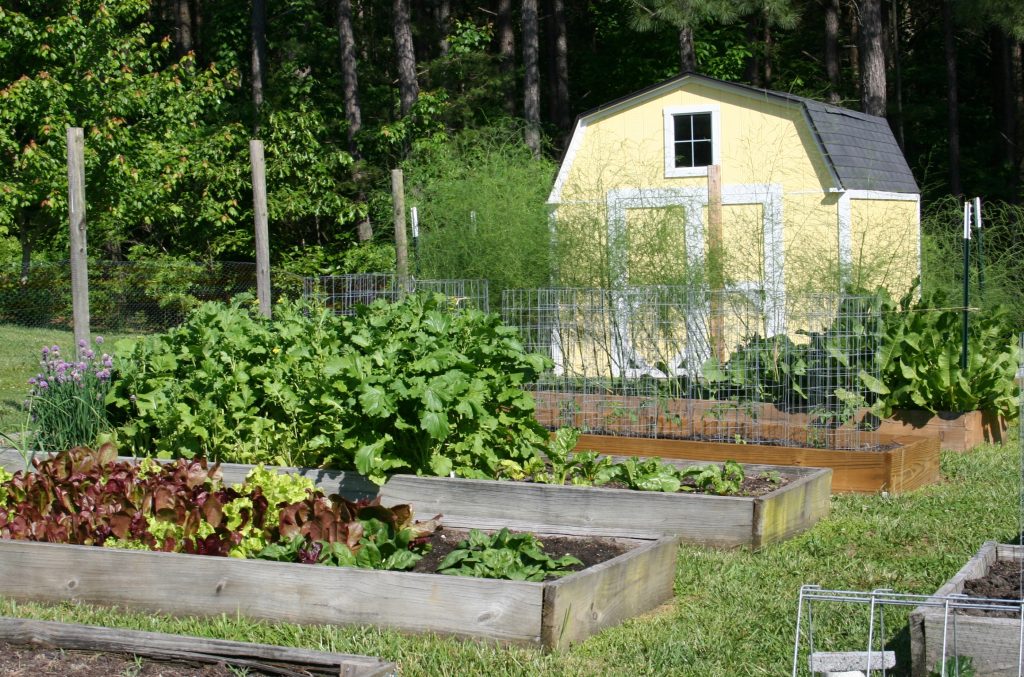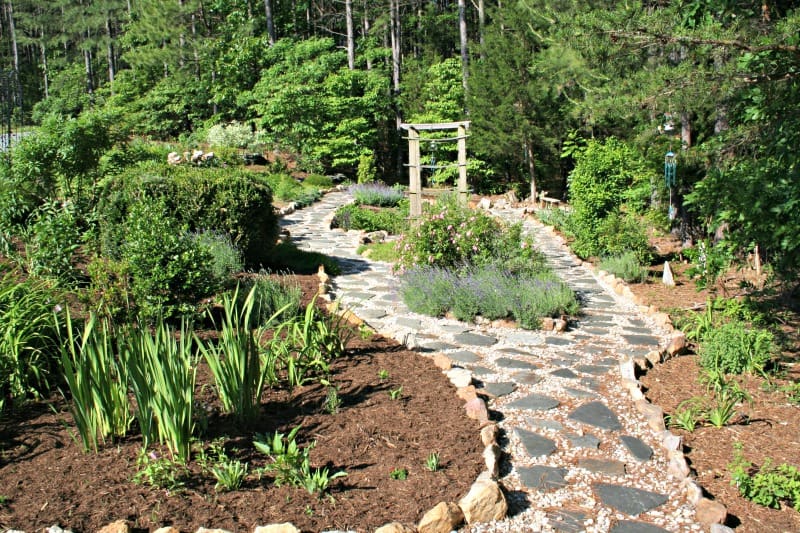How to Keep Your Homestead Animals Cool in the Summer

It’s important to look after our homestead animals as temperatures soar during the summer months. Animals are just as susceptible to the effects of exposure as their human counterparts, and this can impact their overall health and productivity. Let’s take a look at a few simple things that we can all do to help our animals to beat the heat.
Focus on the Basics

Animals need plenty of cool water for drinking and bathing in order to stave off dehydration and help to regulate body temperatures. Not only does water consumption increase as temperatures rise, but water can evaporate at a faster rate as well. Make sure that you periodically check water levels in bowls and dispensers, and refill baths as necessary. It’s also important to frequently change bathing water in order to prevent it from turning into a breeding ground for disease.
Make sure that your animals also have access to shady and well-ventilated areas where they can rest during the hottest parts of the day. Just as hot, sticky air or the intensity of direct sunlight can zap us of our energy and make us miserable, animals are no different. A little bit of shade and cool air can go a long way with respect to keeping your animals happy and healthy.
Tips for Chickens

Backyard chickens don’t need a lot of attention to keep them happy in the summer heat. Aside from providing sources of shade, water is the next-best way to keep chickens cool. Little things like filling a wading pool so they can trot around in cool water or providing a fan in the coop can make all of the difference in the world. Think about installing a mister that chickens can get under for a quick and refreshing cool-down.
Watering grass before they walk around or peck for food can also be very helpful. Finally, try to make sure that their bedding is well-ventilated, and provide them with access to a patch of dry dirt that they can wallow in in order to cool down.
Suggestions for Rabbits

You can follow some of the same suggestions to help keep rabbits cool, such as using a mister or providing them with some shade in a well-ventilated area. Another great idea is put a chunk of ice in their cage that can radiate cool air and give them something to lick or touch from time to time. Placing ice cubes in their water bottle can also be incredibly-refreshing. Consider placing a moist towel or cool pad that they can lay on. Also, don’t forget to brush them frequently to remove excess fur and dander that would otherwise cover the skin and trap heat. Finally, make sure that you replace their food and give them fresh, cool and crisp vegetables throughout the day.
Keep in mind that most homestead animals succumb to disease and death from exposure to extreme temperatures. Follow these tips and learn more about what you can do to protect all of your animals this summer. A little bit of common sense and attentiveness can go a long way with respect to keeping our animals as cool and comfortable as possible.
http://101waystosurvive.com/survail_tips/how-to-keep-your-homestead-animals-cool-in-the-summer/
On – 01 Aug, 2017 By Callon












